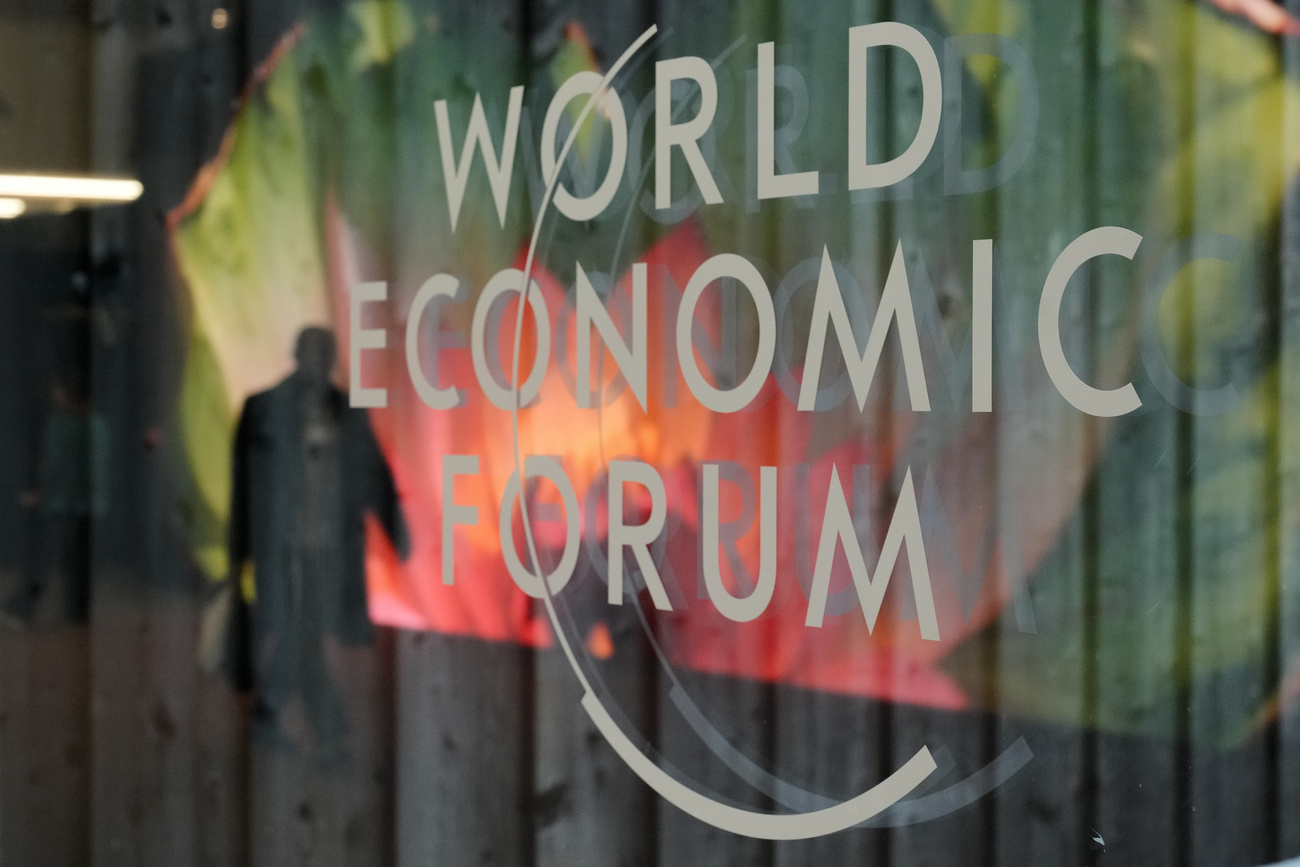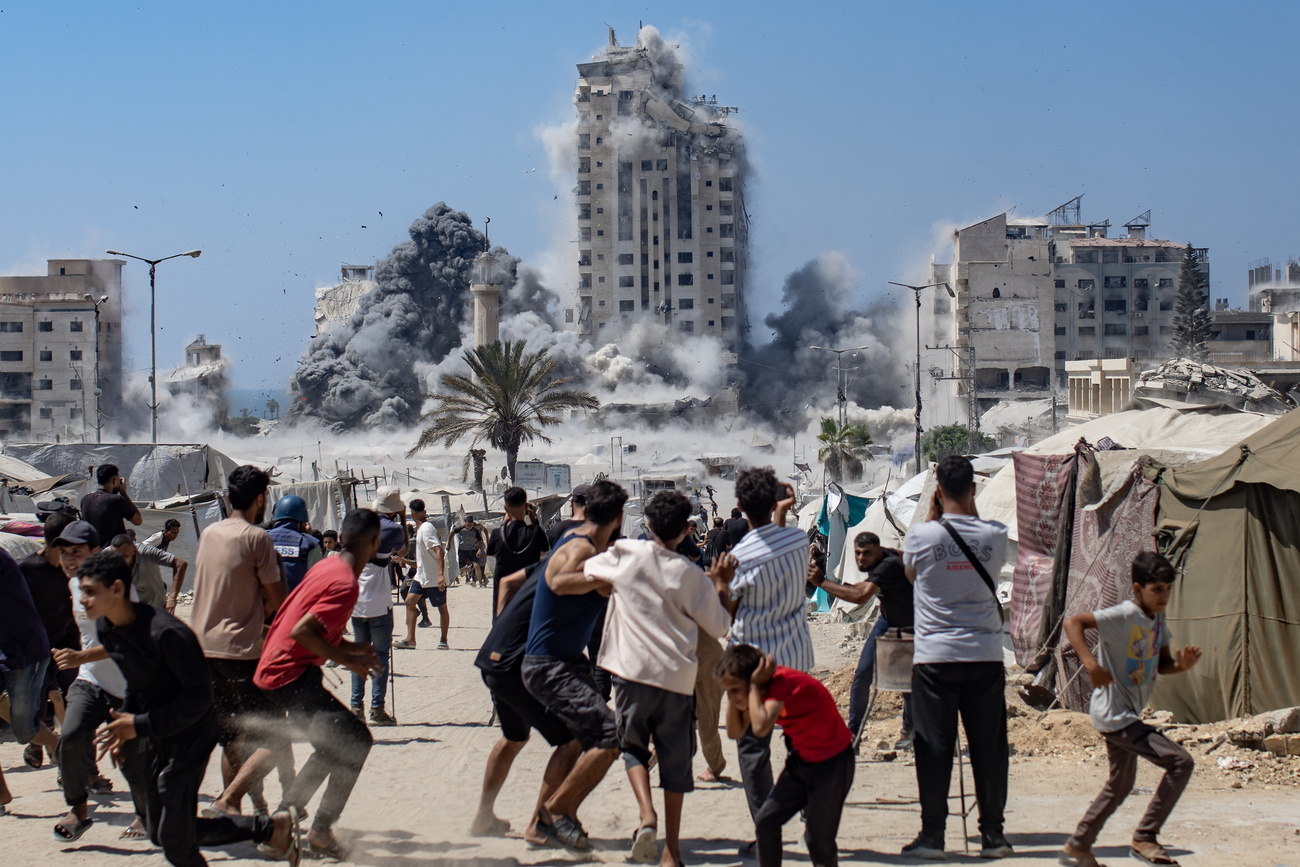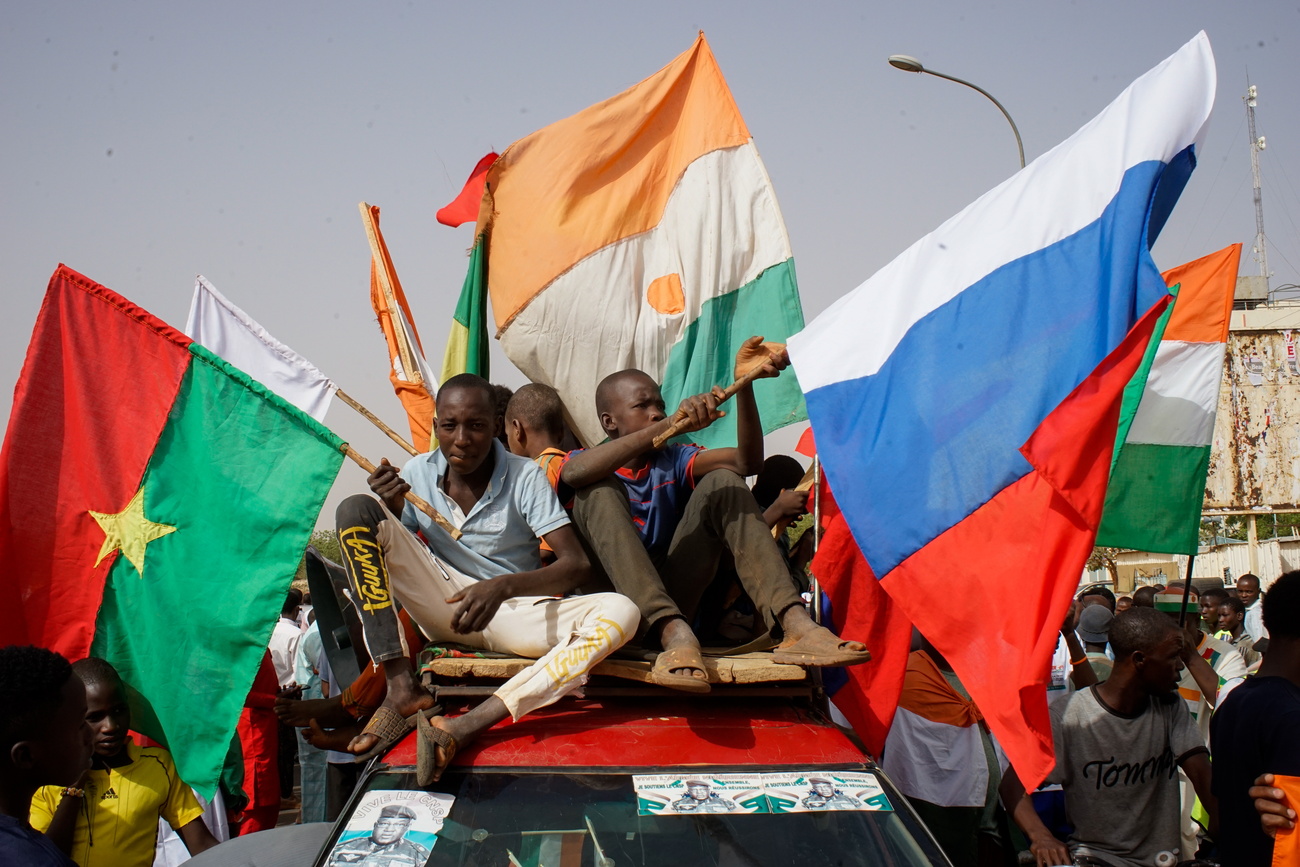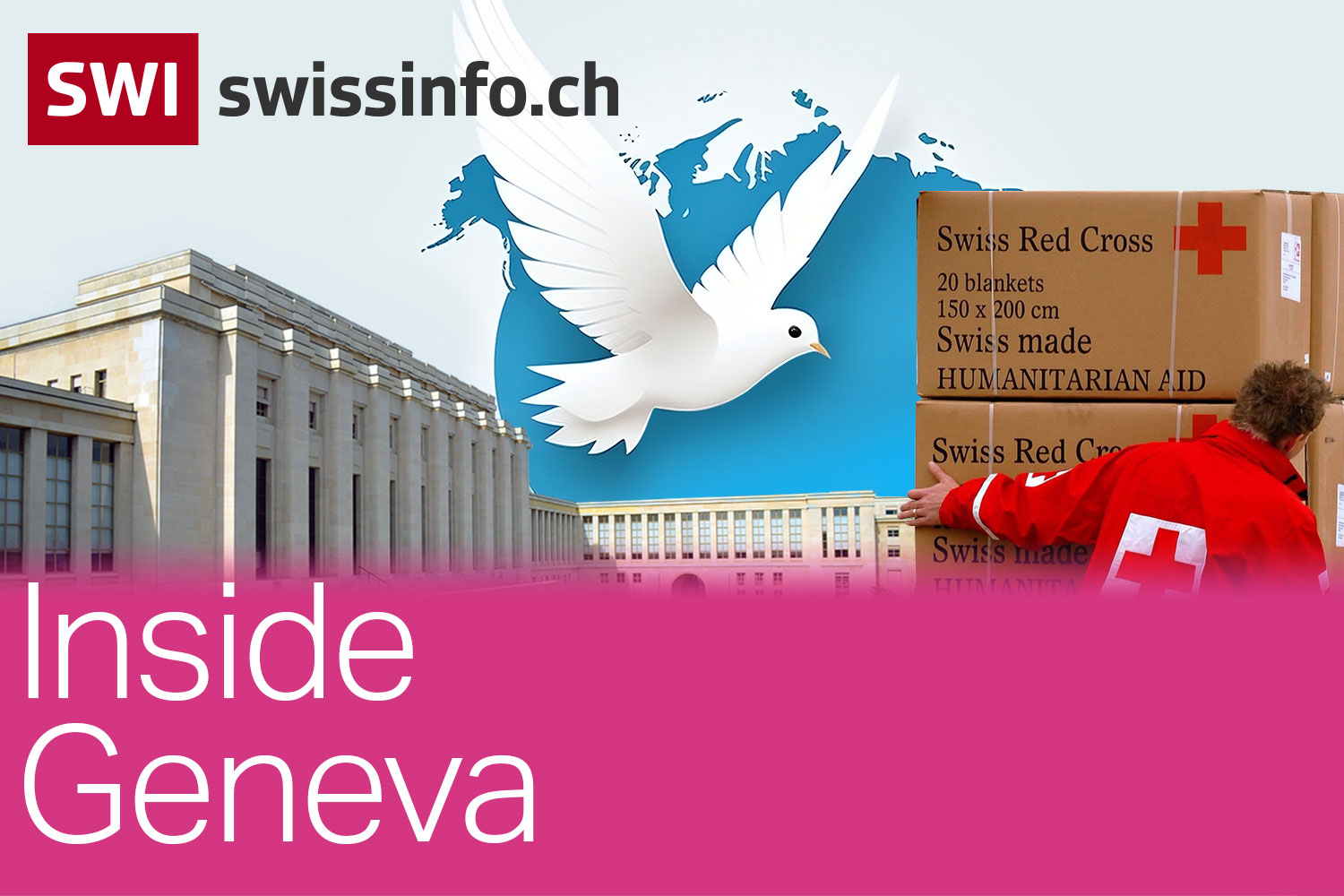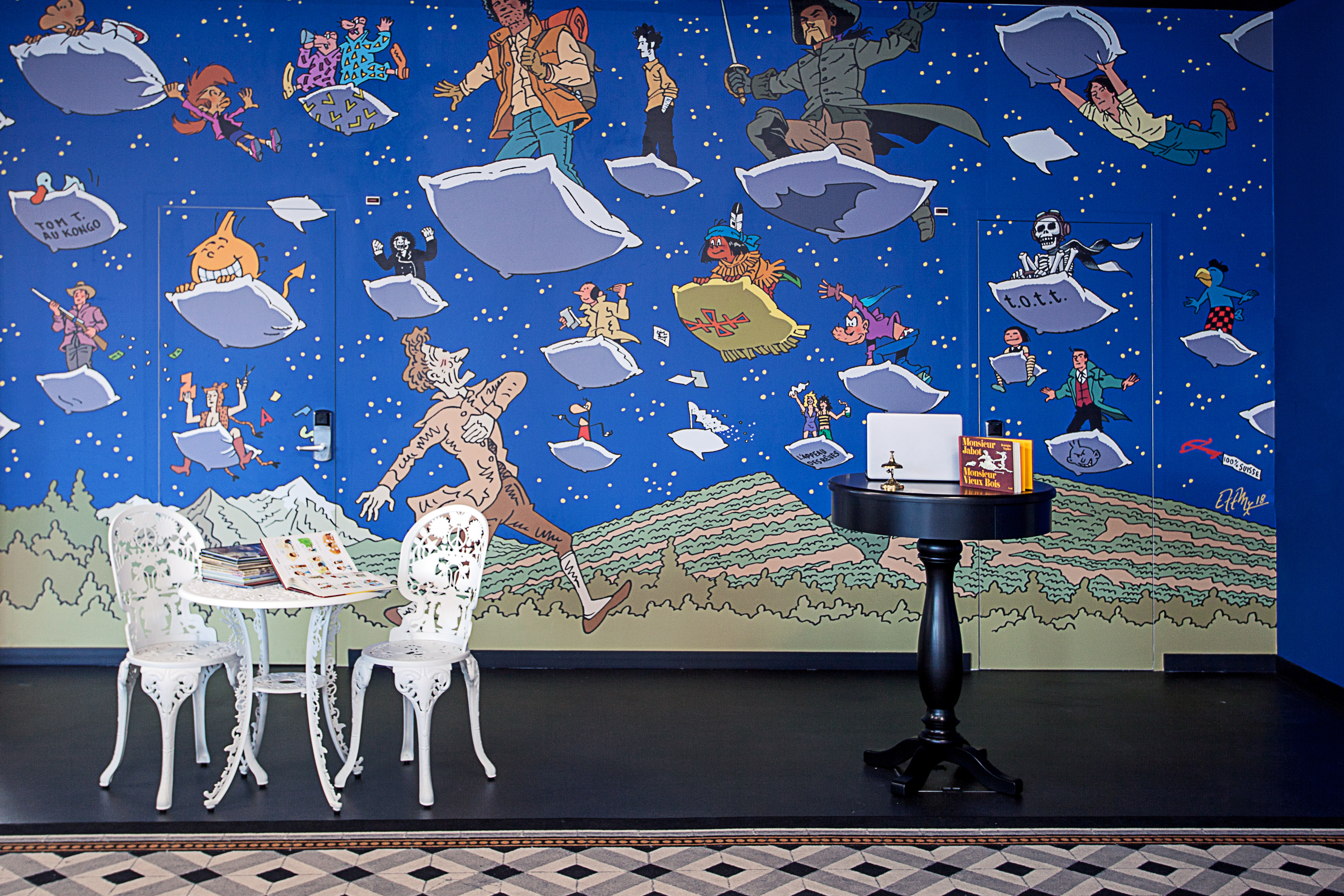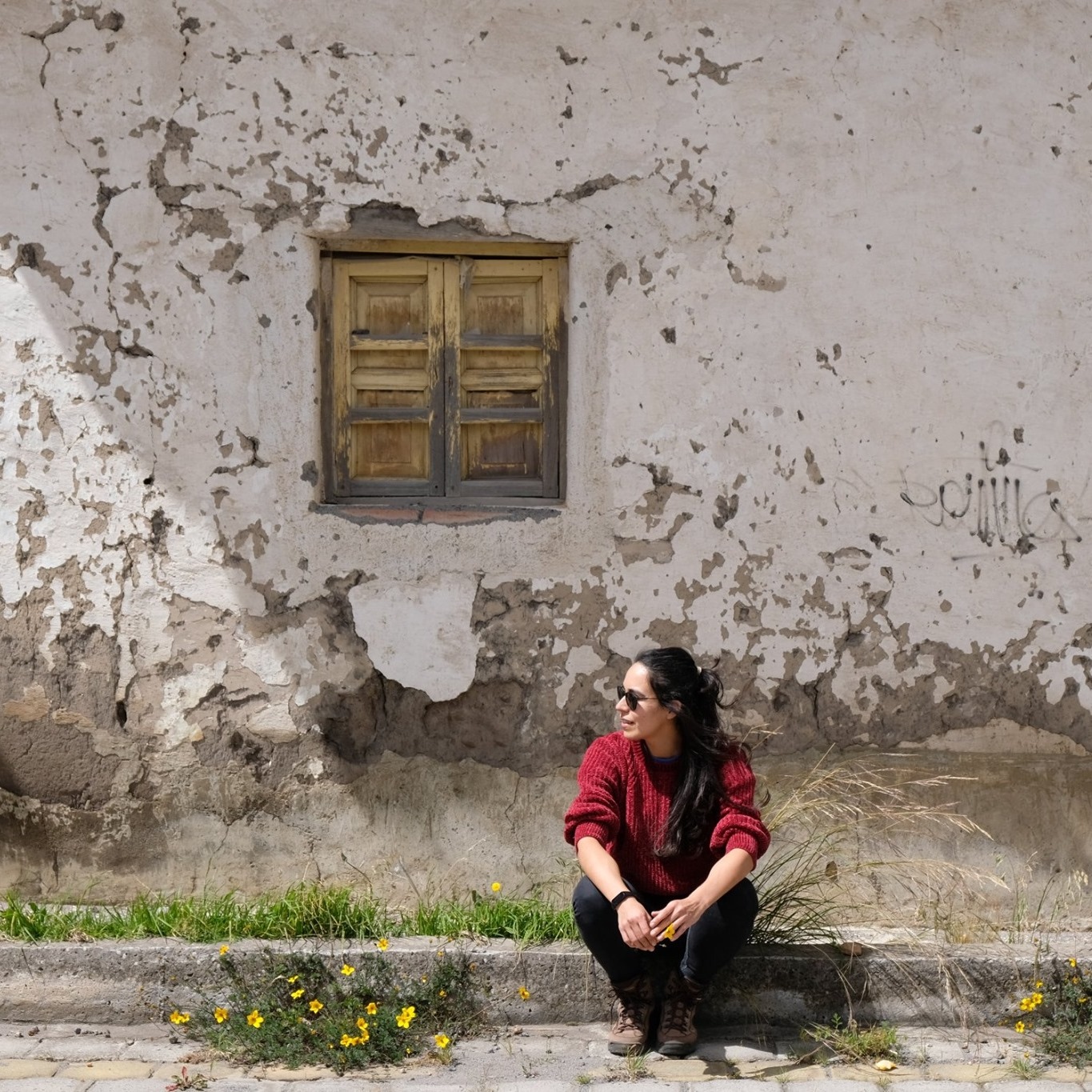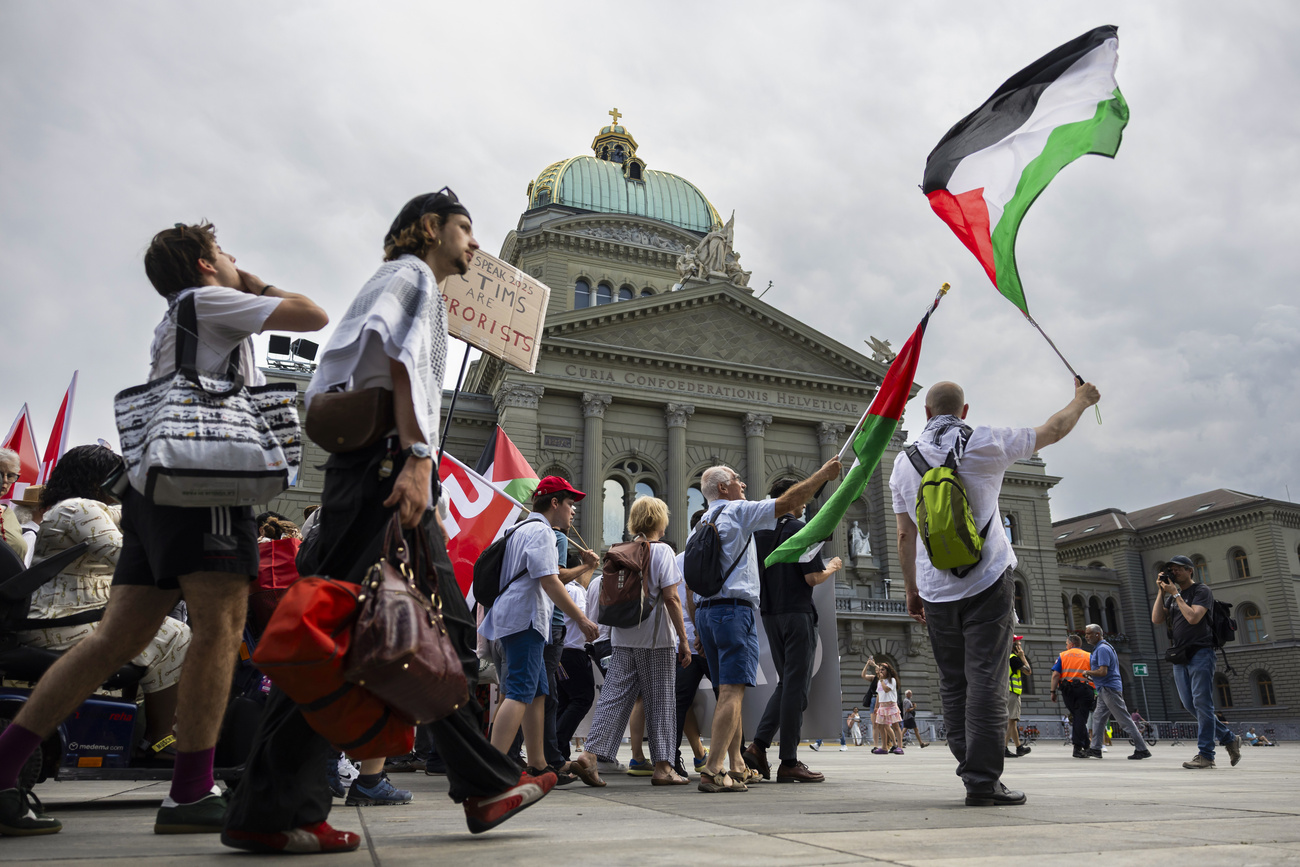
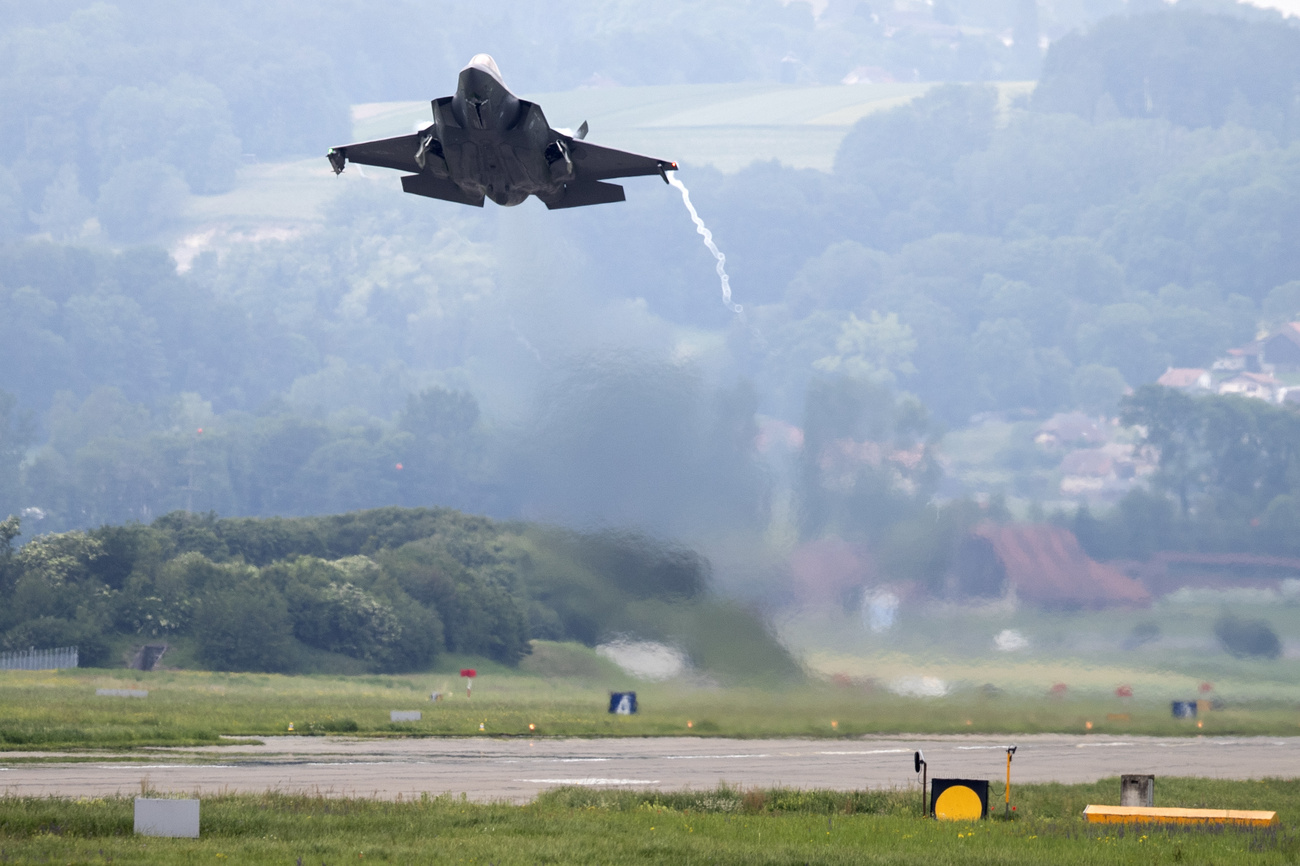
Switzerland Today
Dear Swiss Abroad,
Today’s briefing is once again about F-35 fighter jets, as it has emerged that four of the 36 aircraft ordered by the army are to be fully assembled and tested in Switzerland – at an additional cost.
We also bring news of changes to the ‘S’ status for Ukrainian refugees in Switzerland, as well as new laurels for ETH Zurich; we also look at the village of Gondo, 25 years after a huge landslide.

Green light for “Project Rigi”: four F-35 fighter jets will undergo “final assembly and testing” at RUAG’s canton Lucerne site.
At a press conference today, the Swiss defence ministry said that the “partial assembly and testing of four F-35A fighter aircraft in Switzerland is of great importance in terms of security policy”. Switzerland would thus be able to “build up expertise with the latest generation fighter jet and strengthen its independence in maintenance”.
In addition, Swiss defence firm RUAG, which will run the so-called Rigi project, is examining how it could develop to become a European centre for military aviation.
However, according to estimates, the project will mean fresh costs of CHF200 million ($249 million) for the federal government and taxpayers, writes CH Media. As a reminder: instead of the initially announced fixed price of CHF6 billion agreed by voters to buy the 36 jets, it has since emerged that additional costs of between CHF650 million and CHF1.3 billion are to be expected.
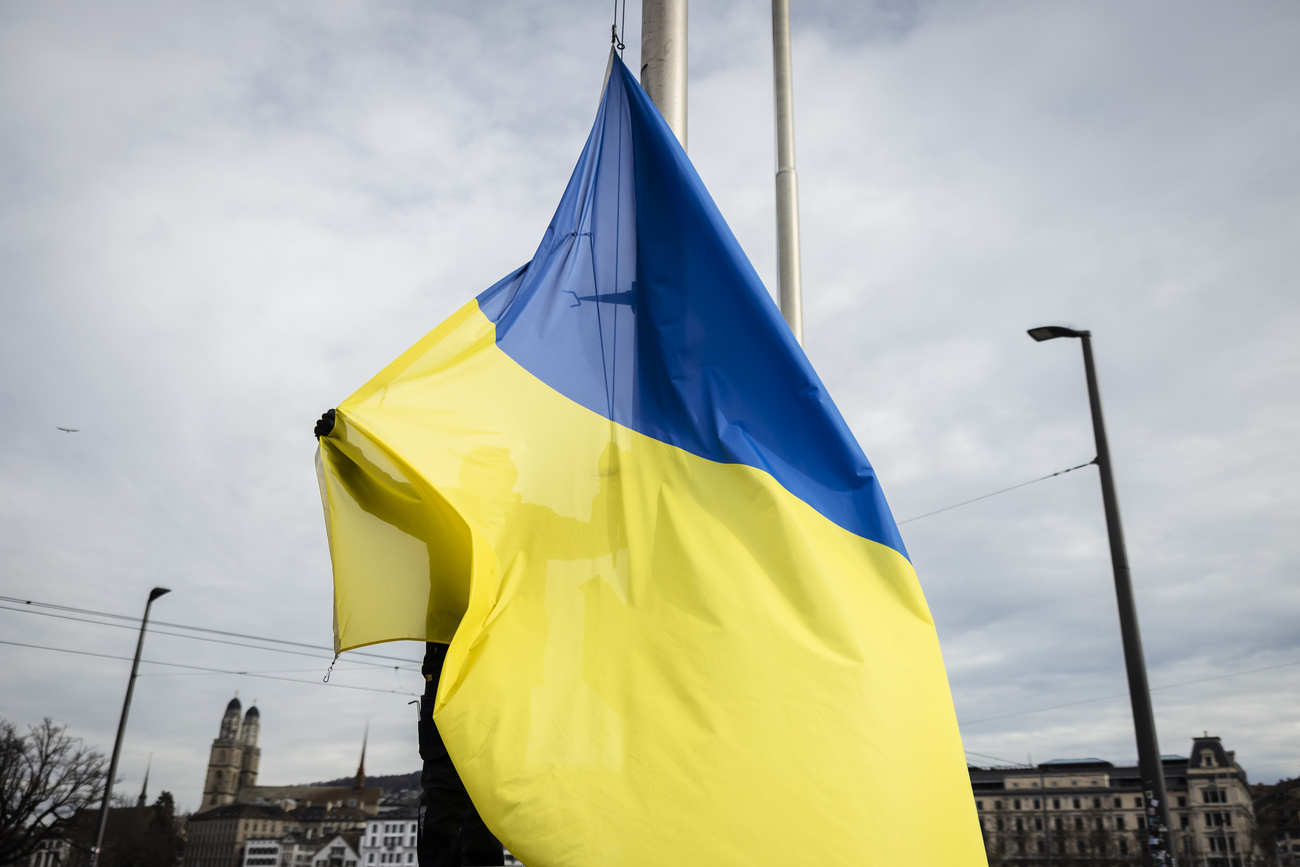
From November, it will generally no longer be possible for Ukrainian refugees from seven regions in the west of the country to obtain the S protection status in Switzerland.
According to the federal government in Bern, a return to these regions is now deemed viable. With this decision, the government was responding to a parliamentary demand based on a motion by Senator Esther Friedli, from the right-wing Swiss People’s Party.
Those already granted the S status are not affected by this restriction. The government has also decided that the status will be revoked at the earliest at the beginning of March 2027.
“Of those currently in Switzerland with S status, only just over 10% come from the regions that the federal government now considers safe,” notes SRF parliamentary correspondent Dominik Meier. As such, the restrictions on new arrivals should be limited in relation to the number of people affected.
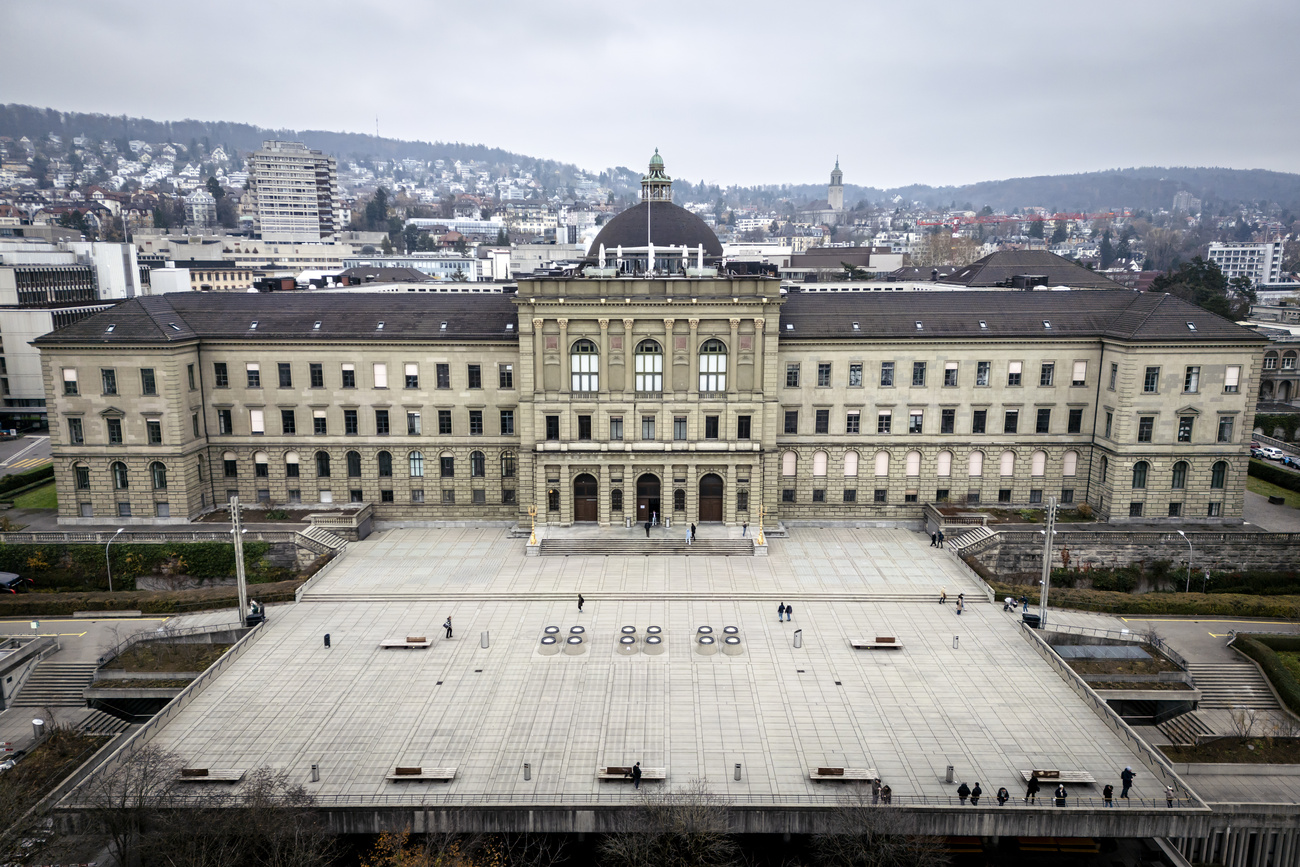
More laurels for ETH Zurich: it has once again been named the best university in continental Europe by the Times Higher Education magazine.
Switzerland is proving a consistent performer in its rankings, the magazine wrote in a press release. In the worldwide ranking, the federal technology institute ETH Zurich is eleventh in 2025 – the same as in previous years.
Meanwhile, while the Swiss Federal Institute of Technology Lausanne (EPFL) dropped three places to 35th, its neighbour, the University of Lausanne, managed its best ever result, at 125th.
The University of Oxford in the UK took first place in the ranking – for the tenth time in a row.
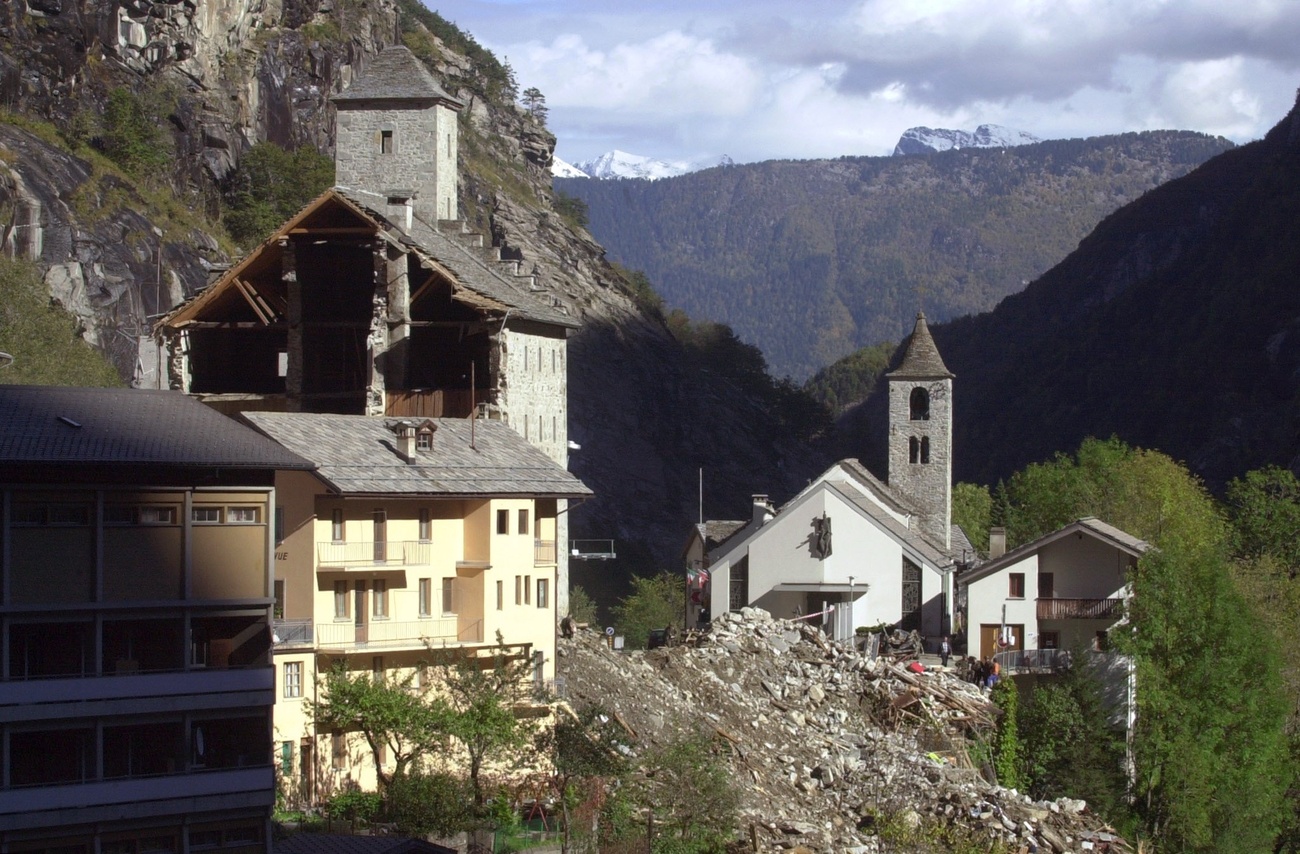
Gondo, 25 years on: a quarter of a century after a severe natural disaster, the residents look back.
On October 14, 2000, a huge landslide thundered into the valley on the south side of the Simplon Pass in canton Valais. A third of the village of Gondo was destroyed and 13 people lost their lives.
A quarter-century on, Gondo residents remain united in the face of the tragedy. “You can feel the solidarity in the village. An event like this forges a bond,” says Annemarie Squaratti, who lives in one of the newly rebuilt houses.
The mayor of Gondo at the time, Roland Squaratti, also remembers the day. No blame game followed in the village, he says, since people had already had enough to contend with in the wake of the disaster. “If we had found someone to blame, it wouldn’t have brought any of the 13 dead back to life,” Squaratti told SRF.
Today, 75 people live in Gondo, half as many as before the incident. Daniel Squaratti, the current mayor of Gondo-Zwischenbergen and nephew of the Roland, emphasises the importance of the annual day of commemoration, which helps people to come to terms with the disaster. “It also helps you to appreciate what you have today.”

In compliance with the JTI standards
More: SWI swissinfo.ch certified by the Journalism Trust Initiative
